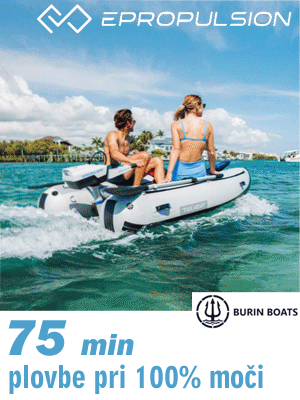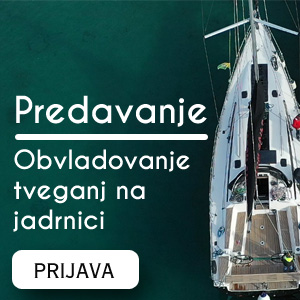News
News
Last from eShop
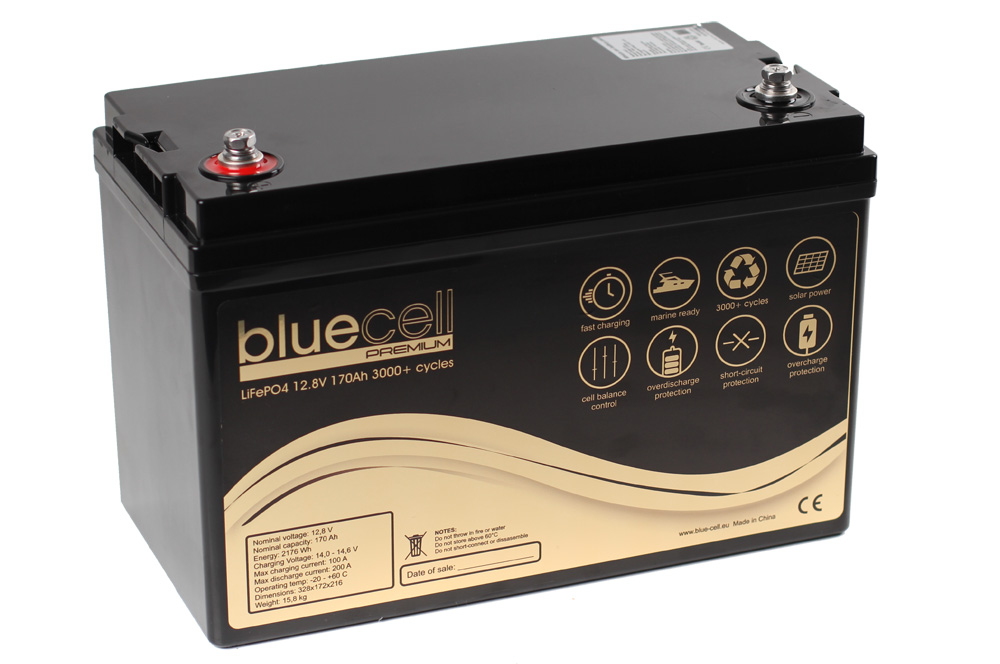 1,249.00€
1,249.00€
Litijeve (LiFePO4) baterije so posebej primerne za uporabo na plovilih, kot servisne baterije. Imajo izjemno kapaciteto, majhno težo in izjemno dolgo življenjsko dobo, ki je tudi do desetkrat daljša od klasičnih trakcijskih, gel ali AGM akumulatorjev. Zaradi napredne tehnologije in številnih komponent, ki ščitijo baterijo pred poškodbami, je garancija, ki jo nudijo proizvajalci, bistveno daljša od klasičnih svinčenih baterij. Kvalitetnejše litijeve baterije imajo tudi do 3-letno garancijo.
Nova tehnologija prizmatičnih celic poleg izjemne gostote električne energije zagotavlja tudi izjemno življenjsko dobo. BlueCell 200 Ah baterija omogoča kar 4000 praznjenj baterije več kot 80 %, kar je kar 1000 ciklov več od ostalih baterij. Seveda omogoča tudi praznjenje do 100 % nazivne kapacitete brez bojazni, da se bo baterija zaradi tega uničila, kot bi se to zgodilo pri svinčeni bateriji. Njihova življenjska doba je več kot 10 let oziroma več kot 6000 ciklov praznjenj preko 50 %.
Za kaj so litijeve baterije prihodnost v navtiki
Litijeve baterije prinašajo največjo prednost kot porabniške oziroma servisne baterije. Njihove največje prednosti so:
- dvakrat večja uporabna kapaciteta
- za polovico manjša teža
- trikrat daljša garancijska doba
- do desetkrat daljša življenjska doba
- samodejni nadzor polnjenja in praznjenja baterije
- zaščita pred kratkim stikom
- možnost priklopa solarnih celic
- možnost vzporedne ali zaporedne vezave več baterij (večja napetost ali kapaciteta sistema)
- zelo nizko praznjenje v času mirovanja
- stabilna napetost baterije vse do 95 % izpraznjenosti
- ni vzdrževanja
Tehnični podatki BlueCell 200Ah 12V:
- Nazivna napetost: 12,8 v
- Nazivna kapaciteta: 200 Ah (pri 0,2C)
- Uporabna kapaciteta: 200 Ah (pri 0,2C)
- Uporabna energija: 2560 Wh
- Samodejno praznjenje: <3,5% mesečno
- Življenjska doba: > 4000 pri praznjenju preko 80%
- Življenjska doba: > 6000 pri praznjenju preko 50%
- Tok polnjenja: 200 A
- Priporočljiv tok polnjenja: 25-100 A
- Tok praznjenja: 200 A
- Tok praznjenja (do 3 s): 300 A
- Izklop nizka napetost: 10 V
- Temperaturno območje praznjenja: od -10°C do +70°C
- Temperaturno območje polnjenja: od -5°C do +60°C
- Vodoodpornost: IP55
- Teža: 17,5 kg
- Dimenzije (DxŠxV): 328x172x216 mm
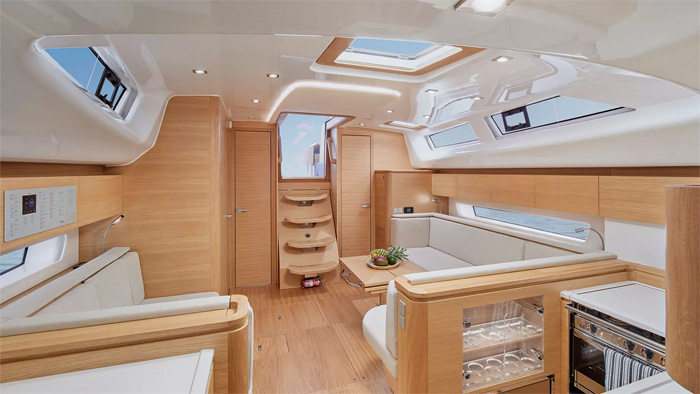

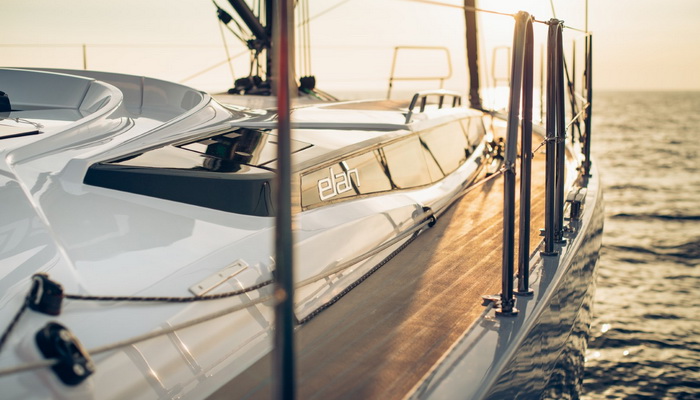
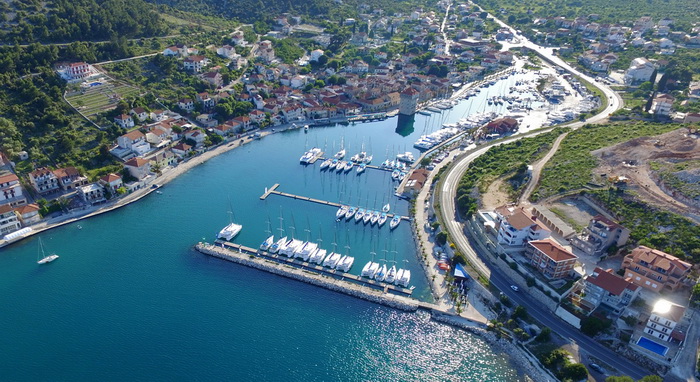
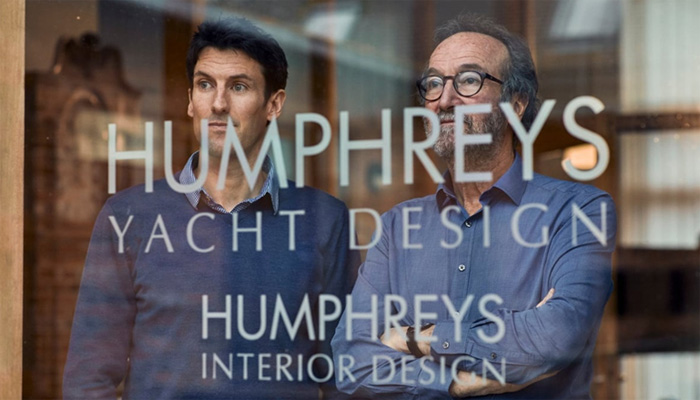

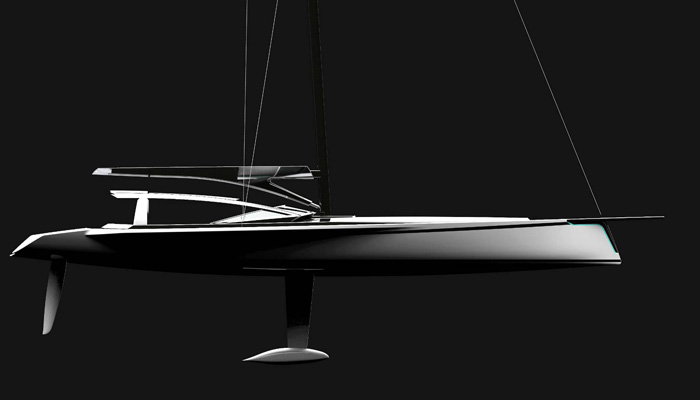
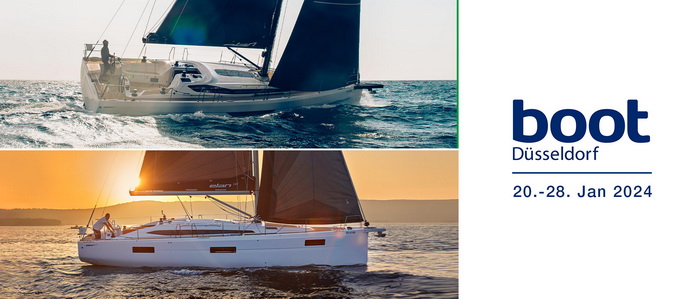
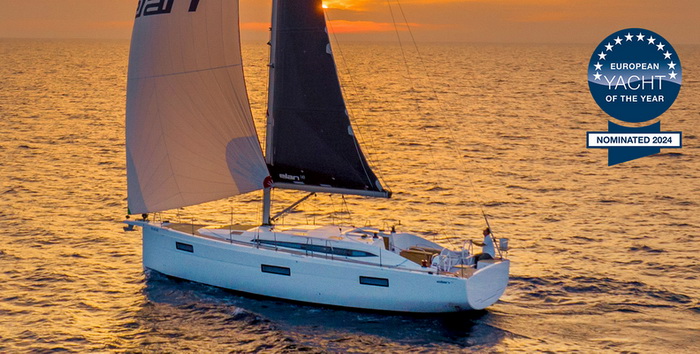
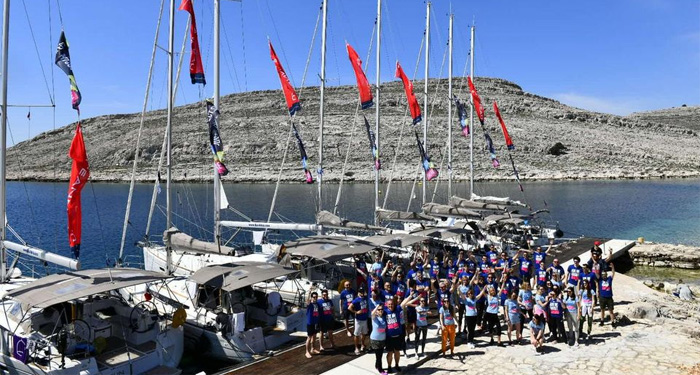
During the day you will enjoy excellent sailing and accompanying programme, and in the evening, as always, plenty of socialising, games, and unforgettable party memories. This sailing event is suitable for everyone who loves sailing, regardless of their previous sailing knowledge. You can atte...



